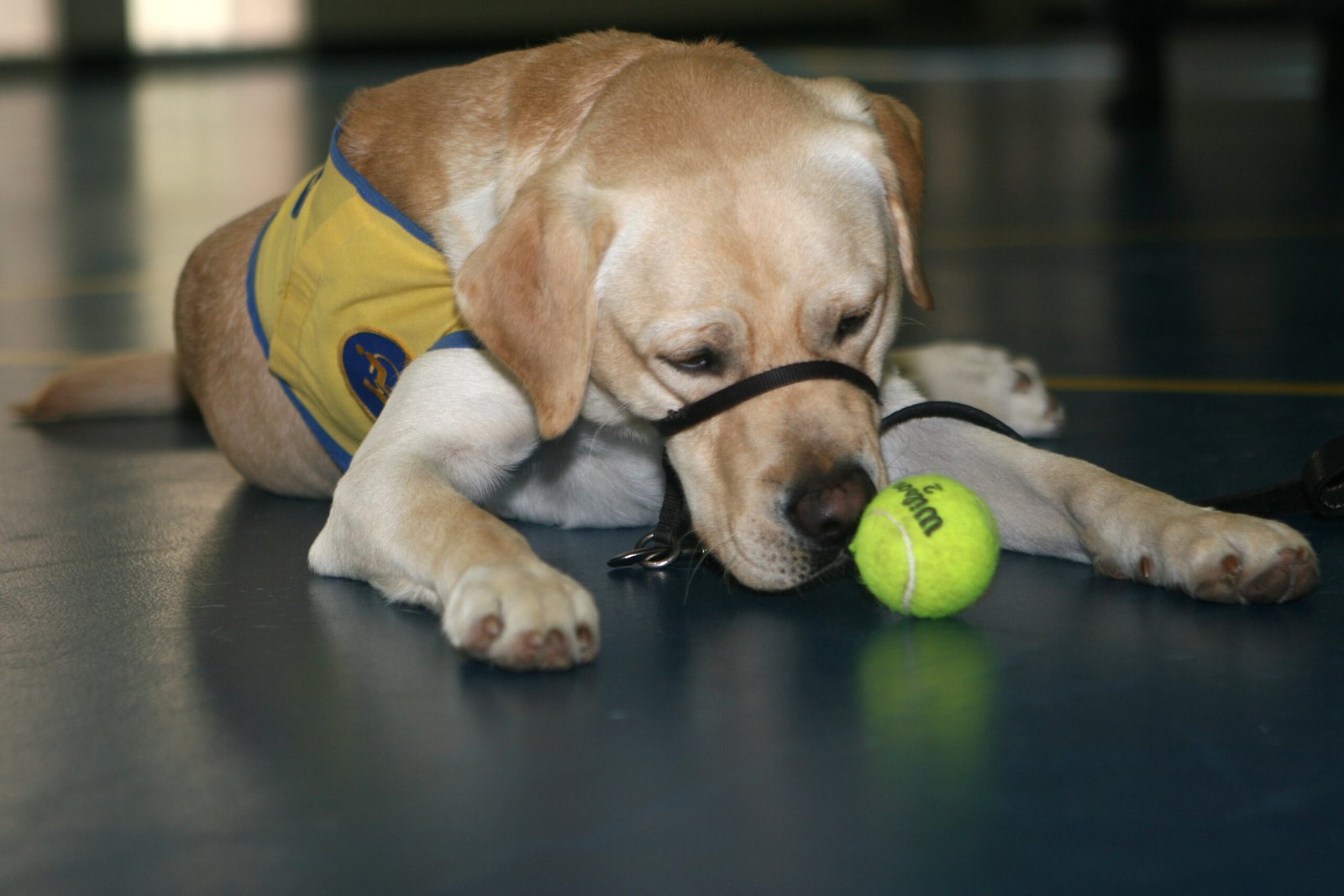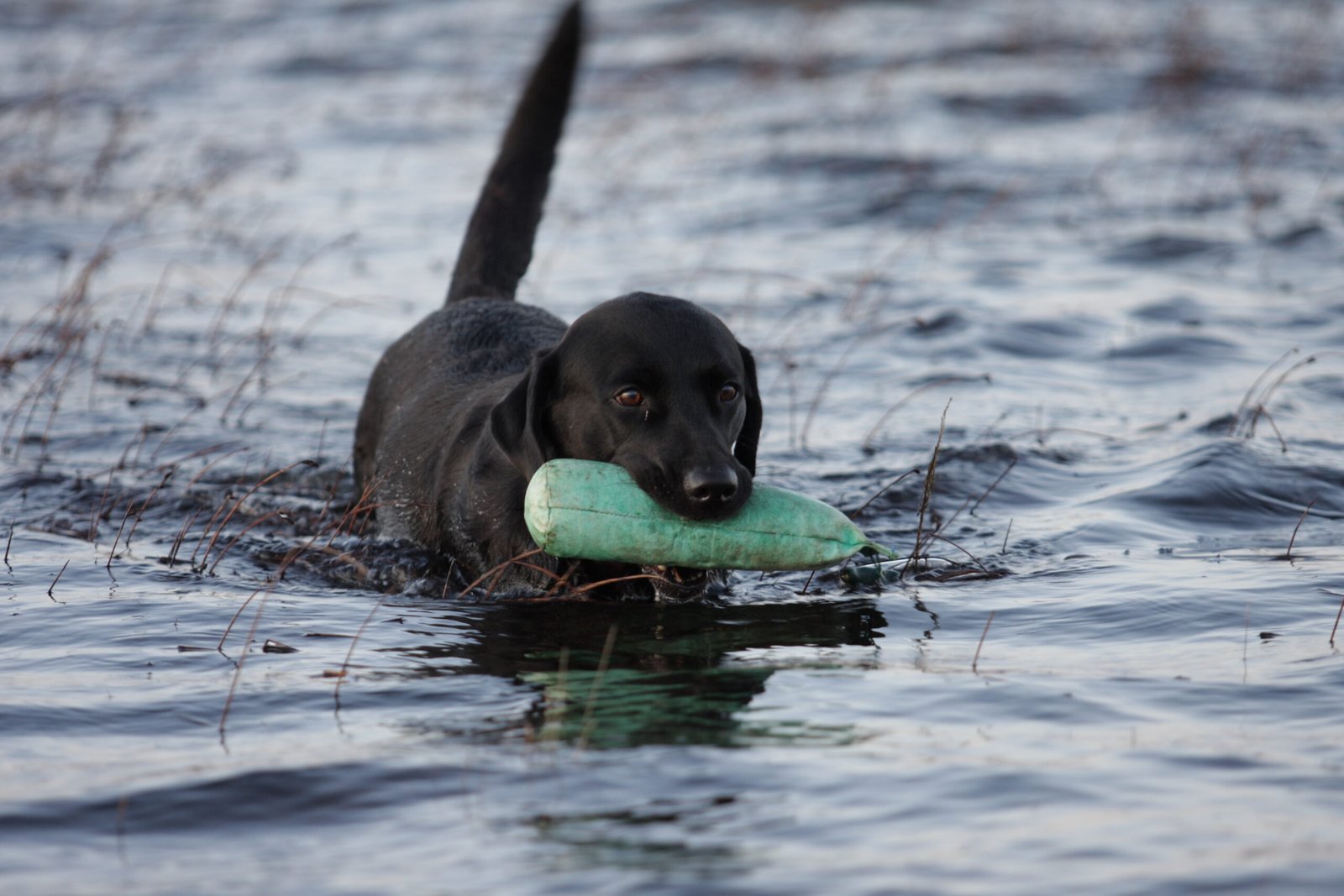Training a Labrador Retriever can be both a rewarding and challenging experience. These lovable dogs are known for their friendly nature and intelligence, making them a popular choice for many families. However, like any other dog breed, Labradors require proper training to ensure they grow into well-behaved companions. In this article, we’ll explore 15 essential things you need to know about training your Labrador Retriever. Whether you’re a first-time dog owner or an experienced handler, this guide will provide valuable insights to help you succeed.
Understanding the Labrador Temperament
Labrador Retrievers are famous for their friendly and outgoing nature. They are often described as “people dogs” because they thrive on human interaction and companionship. This breed is known for its eager-to-please attitude, making them relatively easy to train compared to other breeds. However, their high energy levels and playful demeanor can sometimes be overwhelming for new owners. It’s important to set clear boundaries and establish a consistent training routine from the start.
A Labrador’s temperament can also vary based on its lineage and environment. While most Labradors are gentle and affectionate, some may exhibit more stubborn or independent traits. Understanding your dog’s individual personality will help you tailor your training approach to suit their needs. Remember, patience and consistency are key when working with this intelligent and loyal breed.
Start Training Early

One of the most important aspects of training a Labrador Retriever is to start early. Puppies are like sponges, absorbing information and learning new behaviors rapidly. The earlier you begin training, the easier it will be to instill good habits and prevent undesirable behaviors from developing. Ideally, you should start training your Labrador as soon as you bring them home, usually around eight weeks of age.
Early training should focus on basic commands such as “sit,” “stay,” and “come.” These foundational commands will serve as the building blocks for more advanced training later on. Additionally, introducing your puppy to various environments, people, and other animals will help them become well-socialized and confident adults. Remember, the goal is to create a positive and enjoyable learning experience for your Labrador.
Positive Reinforcement Works Wonders

Positive reinforcement is a highly effective training technique for Labrador Retrievers. This method involves rewarding your dog for displaying desirable behavior, which encourages them to repeat the action in the future. Rewards can include treats, praise, or playtime, depending on what motivates your dog the most. Labradors, with their love for food and attention, often respond exceptionally well to this approach.
When using positive reinforcement, timing is crucial. You should reward your Labrador immediately after they perform the desired behavior to ensure they understand the connection between their actions and the reward. Consistency is also important; make sure to reward your dog every time they exhibit the correct behavior, especially in the early stages of training. Over time, you can gradually reduce the frequency of rewards as your dog becomes more reliable in their responses.
Consistency is Key
Consistency is one of the most important factors in successful dog training. Labrador Retrievers thrive in environments where rules and expectations are clear and consistent. This means that every member of your household should be on the same page when it comes to training commands and rules. Inconsistencies can confuse your dog and make training more difficult.
To maintain consistency, establish a set of basic commands and use them consistently across all training sessions. It’s also essential to use the same tone of voice and body language when issuing commands. This will help your Labrador understand what is expected of them and make the learning process smoother. Remember, training is an ongoing process, and consistency should be maintained throughout your dog’s life.
Socialization is Essential
Socialization is a critical component of training a Labrador Retriever. These sociable dogs need to be exposed to a variety of people, animals, and environments to develop into well-rounded adults. Proper socialization helps prevent behavioral issues such as fearfulness, aggression, and anxiety. It’s important to begin socializing your Labrador as early as possible, ideally during the first few months of life.
Introduce your Labrador to different experiences gradually and in a controlled manner. This can include meeting new people, visiting different places, and interacting with other dogs. Positive experiences during socialization will help your dog build confidence and develop good manners. Remember, the goal is to create a well-adjusted and happy Labrador that can thrive in any situation.
Exercise and Mental Stimulation
Labrador Retrievers are energetic dogs that require regular exercise and mental stimulation to stay happy and healthy. A lack of physical activity can lead to boredom and destructive behavior, making it essential to incorporate exercise into your dog’s daily routine. Activities such as walking, running, and playing fetch are great ways to burn off excess energy and keep your Labrador physically fit.
In addition to physical exercise, mental stimulation is equally important for Labradors. Engaging your dog in activities that challenge their mind, such as puzzle toys and training games, can help prevent boredom and promote mental well-being. Remember, a tired dog is a well-behaved dog, so make sure to provide plenty of opportunities for both physical and mental enrichment.
Patience and Persistence
Training a Labrador Retriever requires patience and persistence. While these dogs are intelligent and eager to please, they can also be stubborn at times. It’s important to remain patient and not become frustrated if your dog doesn’t immediately grasp a new command or behavior. Remember, training is a gradual process, and progress may be slow at times.
Persistence is also key to successful training. Consistently practicing commands and reinforcing positive behavior will help your Labrador learn and retain new skills. If you find yourself struggling with a particular aspect of training, consider seeking the help of a professional dog trainer. They can provide guidance and support to ensure you and your Labrador achieve your training goals.
Addressing Behavioral Issues
Like any dog breed, Labrador Retrievers may exhibit certain behavioral issues that need to be addressed through training. Common problems include jumping on people, chewing on furniture, and pulling on the leash during walks. It’s important to address these issues early on to prevent them from becoming ingrained habits.
When dealing with behavioral issues, it’s crucial to remain calm and patient. Avoid using punishment or harsh methods, as these can damage the bond between you and your dog. Instead, focus on redirecting your Labrador’s behavior and rewarding them for making the right choices. Consistent training and positive reinforcement will help your dog learn more appropriate behaviors over time.
Remember, every Labrador is unique, and training may require some trial and error to find what works best for your individual dog. With dedication, patience, and love, you can successfully train your Labrador Retriever to be a well-mannered and happy companion.

Andrew Alpin from India is the Brand Manager of Doggo digest. Andrew is an experienced content specialist and social media manager with a passion for writing. His forte includes health and wellness, Travel, Animals, and Nature. A nature nomad, Andrew is obsessed with mountains and loves high-altitude trekking. He has been on several Himalayan treks in India including the Everest Base Camp in Nepal.






